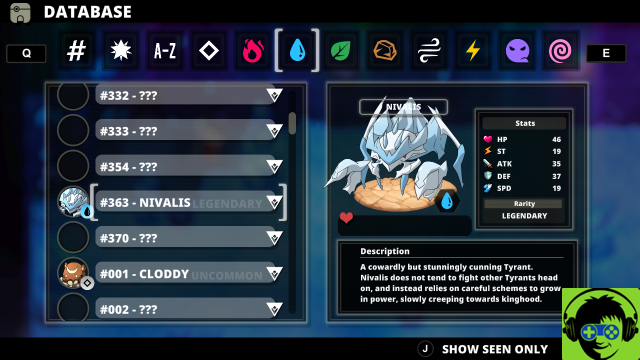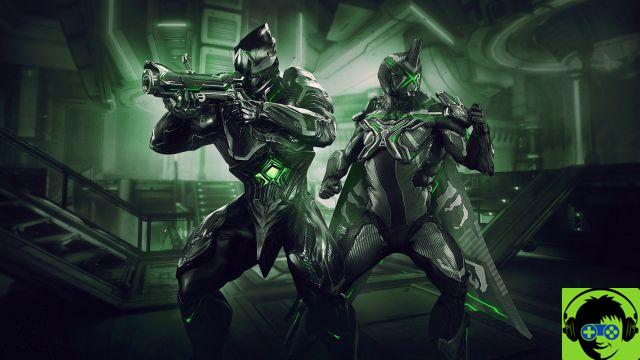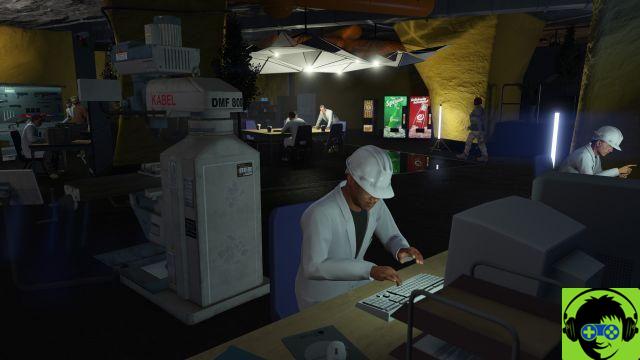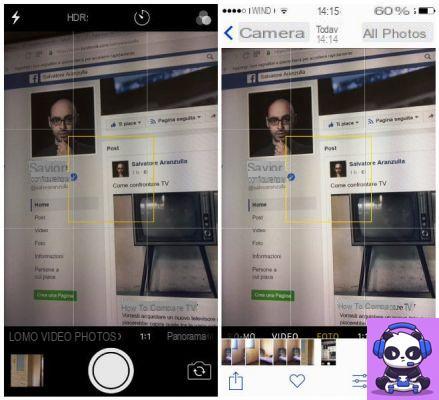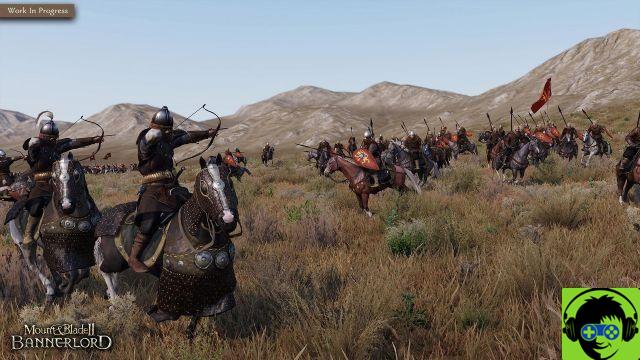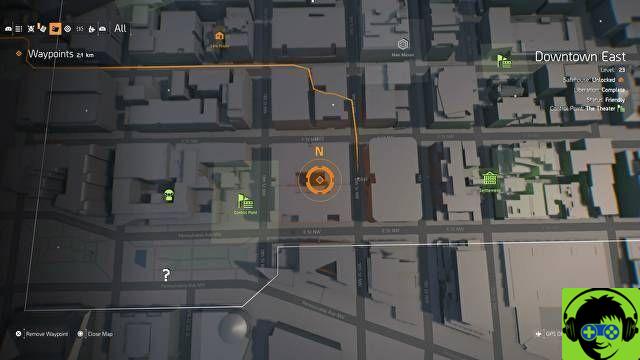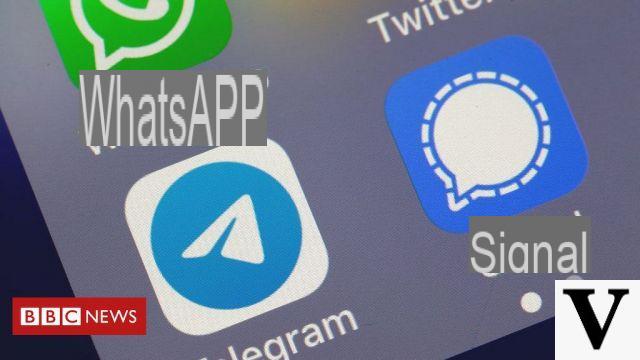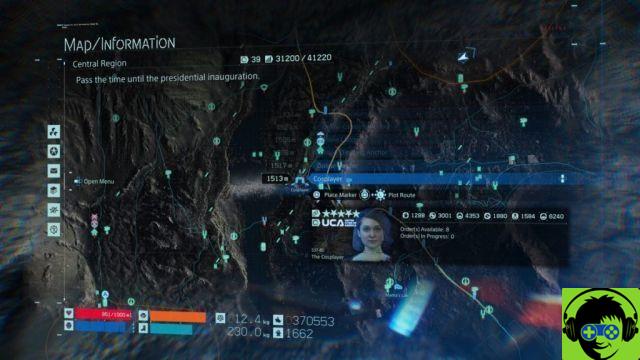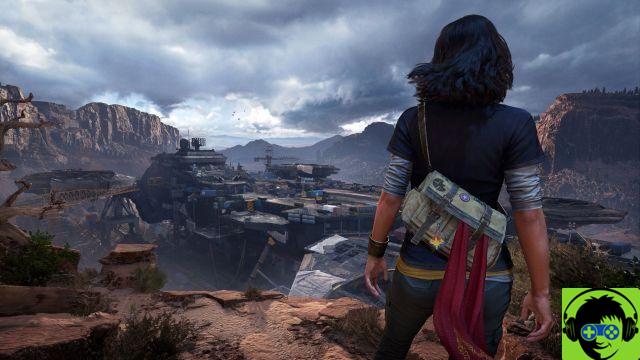As a good photography enthusiast you are, you can't miss the next lunar eclipse and would like to try to photograph this astronomical event using your Reflex. Having never taken pictures in such contexts, however, you would like to have some suggestions on which lenses to use, how to prepare the equipment and which shooting parameters to choose to achieve a quality work. If this is indeed the case, know that you have come to the right place at the right time!
In the first part of this guide, in fact, I will explain to you how to photograph the eclipse of the Moon using the Reflex, while in the second part I will provide you with some "tips" that will come in handy if you only have your smartphone available. In the latter case, however, I warn you that you will not be able to obtain who knows what results. However advanced, in fact, mobile phones still do not allow to obtain quality photographs in contexts such as the eclipse of the Moon.
That said, let's take action. Courage: make yourself comfortable, take all the time you need to concentrate on reading the next paragraphs and, more importantly, implement the "tips" that I will give you. I am sure that, by following my instructions carefully and scrupulously, you will eventually be able to get some fantastic photos. I wish you a good read and, above all, a lot of fun!
Photograph the Moon's ellipse with the Reflex
To succeed in photograph the eclipse of the Moon with the Reflex you have to play in advance and have all the equipment you need in the place where you will position yourself to take the photos. In this phase of preparation, it is necessary not only to choose which lens to use and which shooting parameters to set to obtain an appreciable final result, but also to choose with great care the place where to go to immortalize the Moon.
Choose the most suitable lens
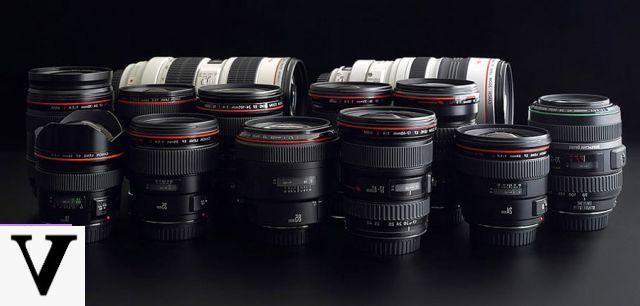
Before you prepare everything you need and leave for the location from which you will take the photo, you must choose the most suitable lens to photograph the lunar eclipse. If you want to photograph the Moon up close, so as to capture the details of the satellite as well, it would be advisable to opt for a telephoto, therefore a lens that has a rather pushed focal length, preferably from 300 mm in su.
If, on the other hand, you simply want to "embed" the Moon within a landscape, you can safely use a wide-angle lens, with a focal length less than 35 mm. If you don't have the lens right now that you would like to use to photograph the lunar eclipse, you can always purchase one at electronics stores or an online store, such as Amazon.
See offer on Amazon See offer on Amazon See offer on Amazon See offer on AmazonFor more information on which lens to buy, take a look at the buying guide I linked to. I am sure it will help you a lot in your choice.
Prepare your equipment before the lunar eclipse
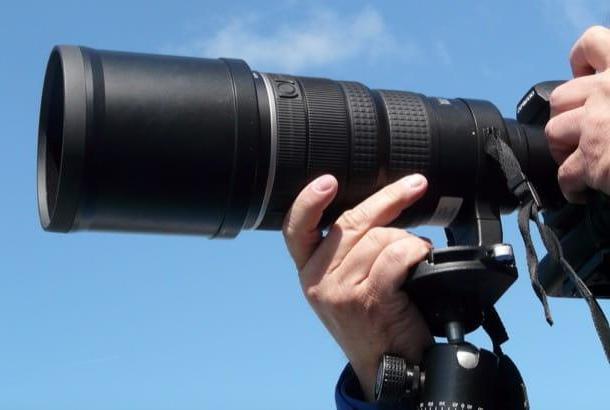
If you want to make sure you can capture the next lunar eclipse, you have to prepare all the equipment in advance you will need. This means that you don't just have to put the bag in your bag camera,obiettivo that you have chosen, one battery, a SD card of "escort" and the tripod, but also knowing exactly where you need to go.
I advise you not to underestimate this aspect and to choose a place where there is a level of rather low light pollution (at least you have to go outside the city), also making sure that the weather conditions are such as to allow you to take good photos (you must avoid areas covered by clouds and / or fog).
Once you have identified the most suitable place to take photos during the lunar eclipse, you need to go there and prepare all the necessary equipment. First, mount the lens of your choice on the DSLR (if you haven't already) and then secure the camera to the tripod. If you already know where in the sky the Moon will be visible, perhaps because you have researched yourself on the Internet or used an app to look at the sky, you can also rotate the camera to the position where the Moon will be present and make sure that there is no are elements that can disturb the view. Once this is done, you can move on to the next step.
Set the correct shooting parameters
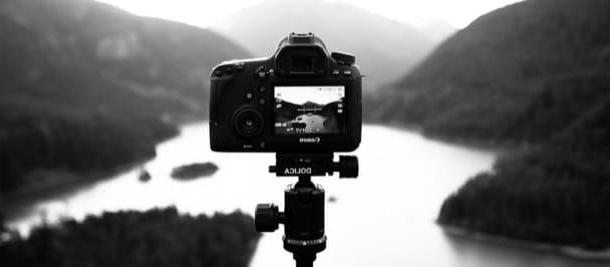
Now the time has come choose the correct shooting parameters, thanks to which you can get the best possible result, based on the Reflex and the lens in your possession. If you are using a telephoto (it's a 75-300 mm), I recommend that you set the aperture to a value between f / 8 ed f / 11, ISO value a 100-200 and the shutter speed between 1 and 5 seconds.
If you don't have a telephoto lens available, you can try to get the best results by using a setup as well wide angle. In this case, you need to have a lens that has a focal length of 35 mm or even less (on APS-C you need to use a 14-18 mm one, taking into account the crop factor of your camera), set a ISO value which is between 200 e 400, and use the maximum aperture possible (eg. f / 1.8; f / 2, Etc.).
As regards the shutter speed, a value must be set between 5 and 30 seconds at most: I suggest you do not go beyond 30 seconds because otherwise the Moon will be moved (given its natural movement around the Earth). Since this is a wide-angle photo, also pay close attention to the composition of the photo, trying to bring out the Moon within the shot (a good idea could be to use the rule of thirds, inserting the subject of the shot, in this case the Moon, exactly in one of the intersection points of an imaginary grid composed of two vertical lines and two horizontal lines, as also explained on Wikipedia).
If you have difficulty using the Reflex, let me briefly explain how to set the parameters I have just indicated. To begin with, turn on your camera by flipping up ON the switch lever located on the machine body. Then rotate the selection dial and choose the manual mode moving the letter M at the dash. Now you have to set the shooting parameters that I indicated in the previous lines (based on the lens in your possession) using the buttons and menus available on your camera.
On the SLR in my possession (Canon EOS 1300D), to change the aperture you have to press the button Av / + -, then place your index finger on the main bezel (the toothed “wheel” located next to the shutter button) and move it left or right (based on the value you want to choose). As for the ISO, in my case you have to press the button ISO on the camera body, move with the main bezel on the value you want to use (eg. 200, etc.) and confirm the operation by pressing the button SET.
To take the photo, then, in theory you should press the shutter button. For best results, however, I suggest you use a button for remote shooting or delay shooting for a couple of seconds. By doing so, you will prevent the vibrations of your hand, however subtle they may seem, from ruining the photo.
Photographing the eclipse of the Moon with your smartphone
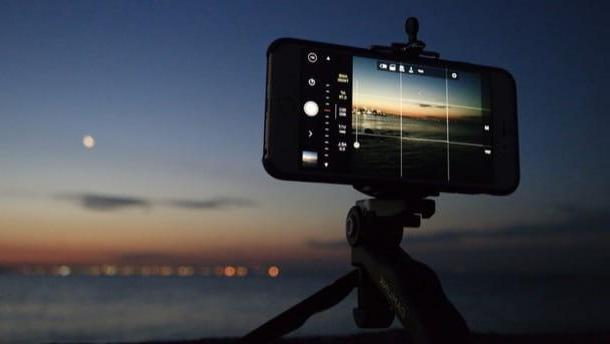
Photographing the eclipse of the Moon with your smartphone it's not an easy task, I want to tell you right away. First of all, we must start from the assumption that with a smartphone it is impossible to immortalize the Moon in detail, due to obvious technical shortcomings of the camera mounted on it. Furthermore, you must have a device that has a sufficiently bright camera (therefore with a rather high aperture, for example f / 1.8 o f / 2), otherwise the shots will inevitably be underexposed.
Also in this case what I told you in the previous chapter is valid (at the point where I was talking about wide-angle lenses). Not being able to shoot the Moon up close, you have to make an effort to compose the photo, perhaps using the rule of thirds, in such a way as to make it stand out within the shot.
Another trick that I invite you to pay attention to is that of turn off the flash, as the light reproduced by the latter could “disturb” the natural light generated by the Moon, irreparably ruining the shot.
To turn off the flash on a smartphone Android, just press the icon of lightning, which is usually placed at the top right or top left, and then tap on the item OFF o disable (depends on the version of Android installed and the brand / model of smartphone in your possession). Up iPhone, on the other hand, presses the icon of lightning at the top left and tap on the item No give the menu check if you press.
Once you have deactivated the flash, you just have to compose the image following the instructions I gave you before and take the photo by pressing on the shutter button placed in the center of the screen. If you want to have some "tips" on how to take good photos with your smartphone, read the in-depth analysis that I linked to you: it could always be useful.
How to photograph the eclipse of the Moon



